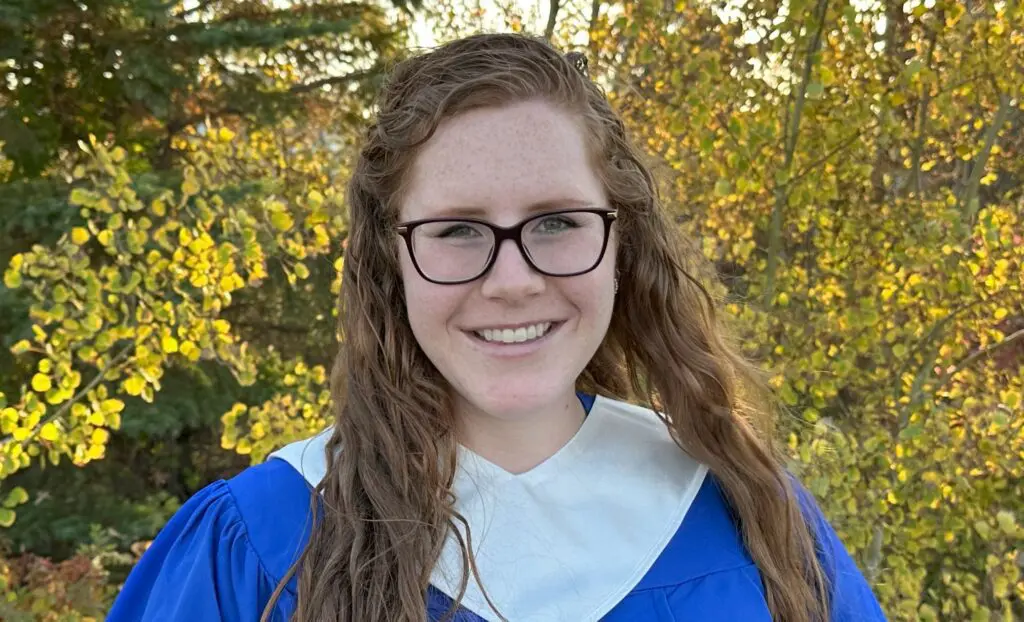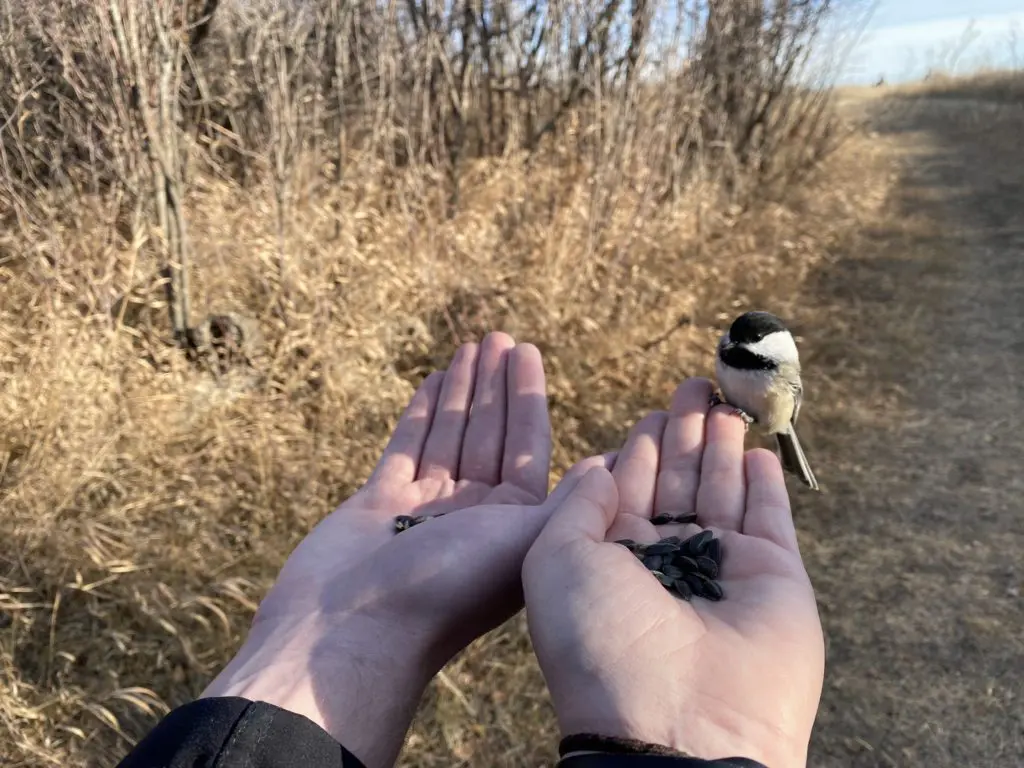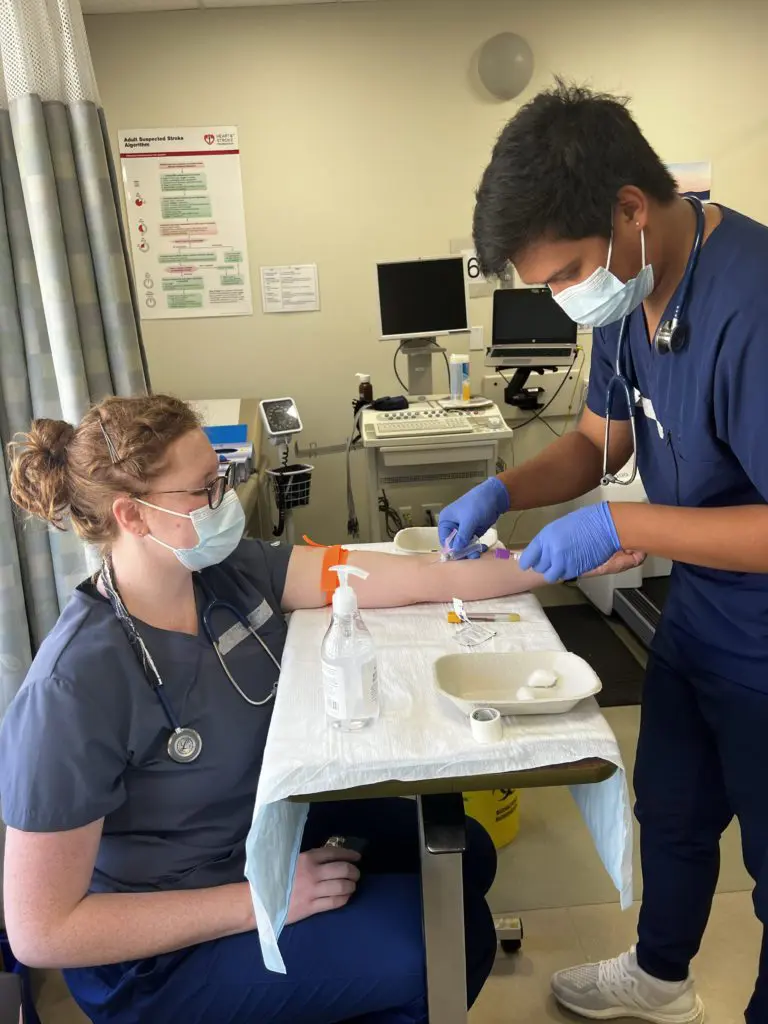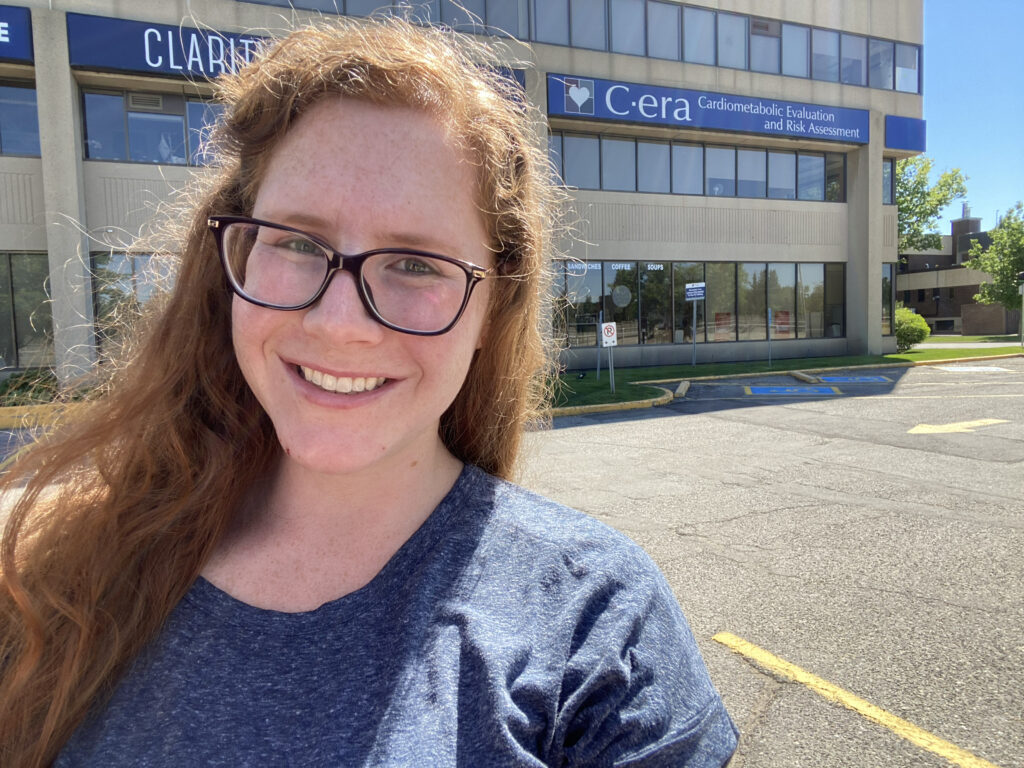Over the course of my program I have been picking up on differences in Stenberg’s definition of what a registered cardiology technologist (RCT) does versus what working RCTs tell me they do. These differences do not mean Stenberg does not know what a RCT does but instead are caused by things like the province you live in, the site you work at, or the level of care that is offered at that site. I thought it would be a good idea to tell you some of the differences I have picked up on so far in my program.
In Canada to work as a RCT we must pass the registered RCT exam put on by the CSCT which lets us work in any province we want. The amount of jobs varies in each province based on the number of sites they have and whether they have both public and private healthcare options. Public healthcare involves the use of government whether that is federal, provincial, municipal, or regional agencies; Private healthcare involves non-government entities such as corporate and small businesses, non-profit entities, and individuals/families. Here in Nova Scotia we do not have any private clinics for us to work at which means all jobs come from public hospitals while out west, places like Alberta, have both public and private healthcare clinics. Most of the time, government regulates public healthcare systems and only allow certain personnel to perform particular duties. Specifically, here in Nova Scotia only a medical laboratory technician is allowed to take blood even though we are trained in phlebotomy but in private clinics out west you would be expected to take blood. Even though we cannot take blood I have heard that in NS we have more responsibility and duties than what is expected out west but I am sure there are sites that contradict this.
Another major difference can be seen between larger hospitals versus smaller hospitals within the same province. The QEII Health Sciences Center here in Halifax, NS is the largest tertiary care site for cardiology in Nova Scotia as it has the most cardiologists and electrophysiologists hired over the other hospitals and contains equipment/tests that other locations may not have such as stress testing labs or cath labs. This means that patients from all over Nova Scotia can end up being transferred here by helicopter or ambulance just to see a specialist. In large sites like this the amount of patients RCTs have to work with will be higher which means they usually have more employees working each day.
On my IOE/IPE days at the QEII I discovered that approximately 11 RCTs are working each day during daytime hours and others (maybe 3) work through the night. This is a lot in comparison to smaller hospitals that may only have 1 or 2 employees working each day. Larger sites often have more testing facilities which means you may be asked to perform speciality leads like Frank (Signal average) or Fontaine lead ECGs which may not be available at smaller sites. Some sites also prefer if some of the duties which you would expect an RCT to perform be performed by a cardiologist such as working in the stress testing lab or interpreting ECGs. An example of this difference is here in Halifax at the QEII, RCTs have received extra training and are allowed to work in the stress testing laboratory without a physician present in the room and have been given the title ‘stress alone tech’ while in a slightly smaller hospital an hour away RCTs are not allowed to work in the stress lab as it is the duty of a cardiologist.
No matter which site you work at, big or small, RCTs are a part of a team that consists of cardiologists, sometimes electrophysiologists, clerks, nurses, paramedics, and more. The amount of work you are given depends upon how that specific site likes to divvy up the duties of the overall team. This is also why different sites across Canada offer different wages for RCTs. Not everyone likes having aº lot of specific duties, especially performing phlebotomy, which is why I think it is important you ask questions when applying for jobs and make sure it is what you are looking for. Aside from not getting to practice phlebotomy in the hospital, I am so grateful that I have been given the opportunity to have my practice days at a large site like the QEII here in Halifax as I enjoy the business and the experience I am getting each day I spend there.
Check out a video of our cardio tech students in action.






![An ECG demonstrates the extensive antero-septal-lateral myocardial infarction [heart attack] that Taryn witnessed.](https://stenbergcollege.com/wp-content/smush-webp/2022/12/ecg-1024x530.jpg.webp)



